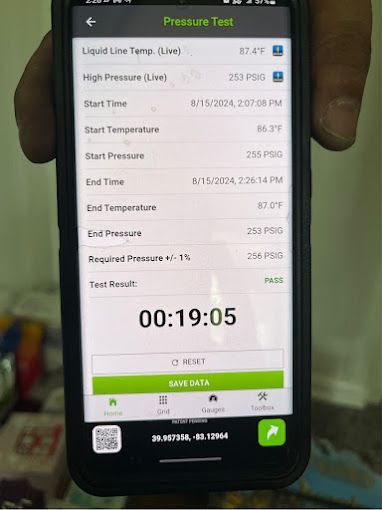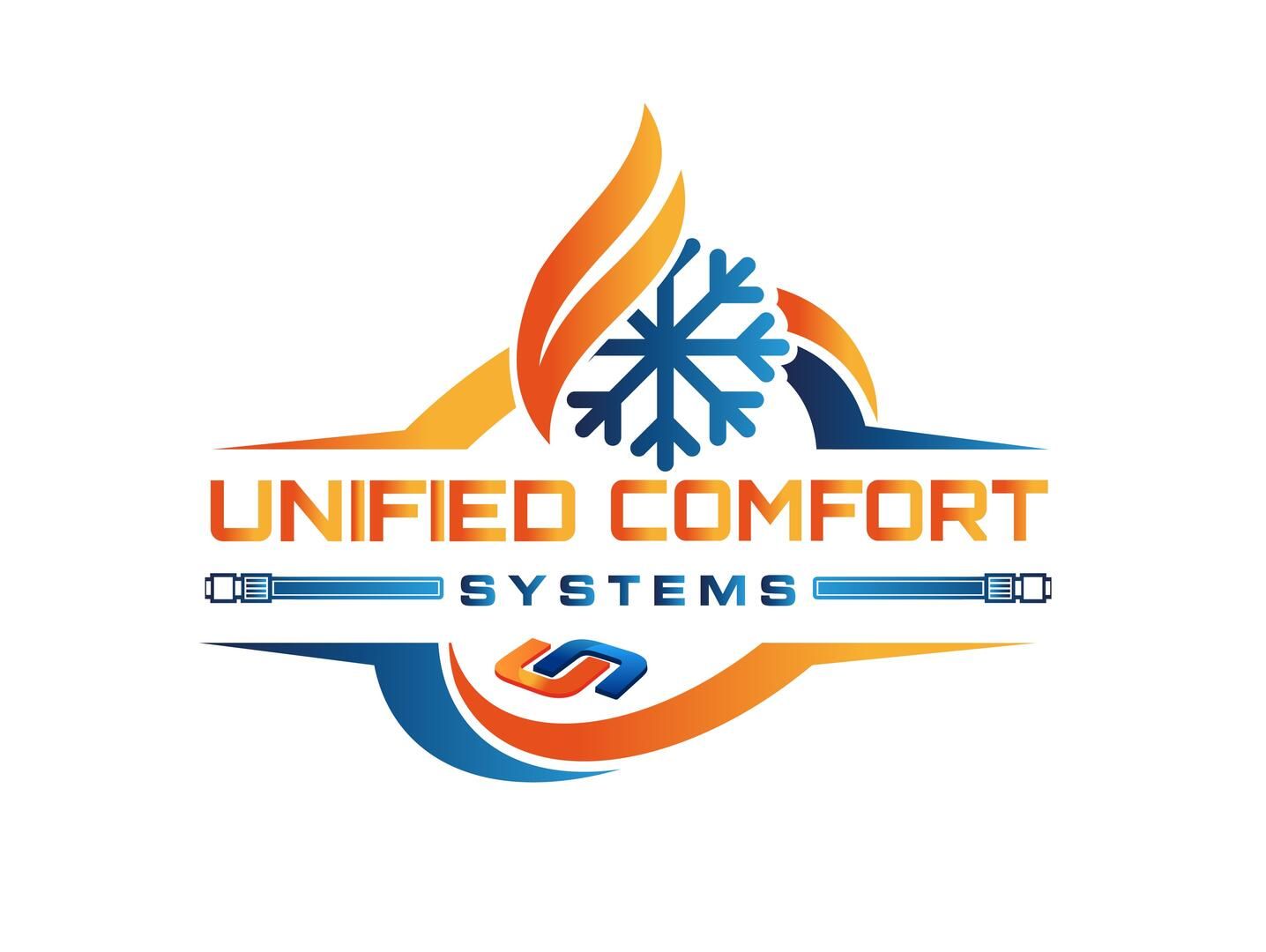Understanding HVAC Acronyms - Essential Terms and Definitions
BTU, AFUE, SEER and More - An HVAC Guide for the Curious Mind

The HVAC Industry just loves acronyms, even HVAC itself stands for Heating, Ventilation, and Air Conditioning. We've seen some of the more common HVAC acronyms - BTU, AFUE, and SEER. Many customers need to rely on their technician to explain these terms and recommend a properly sized unit, but we wanted to help explain these to our customers! We're going to cover all of these terms, and a few more, in depth, so that you can have a better idea of what exactly you have currently and what you're purchasing in a replacement unit.
The BTU or British Thermal Unit – A BTU is a measurement of heating or cooling ability and is roughly the energy equivalent to a single burnt match. Air conditioners and furnaces in America are rated in BTU per hour, so an 18,000 BTU unit will use that much energy each hour. This may seem like big number but remember, each BTU is just a single match worth of energy. The definition of a BTU is: The quantity of heat required to raise the temperature of one pound of liquid water by 1° Fahrenheit at sea level. Because of this definition, the amount of heat needed to melt 2000lb of ice to liquid water is called a “Ton” or 12,000BTU per hour – So we can measure air conditioners in Tons or BTUs!
SEER - An acronym for Seasonal Energy Efficiency Ratio and also a measurement of cooling efficiency established by the US Dept of Energy. An air conditioner or heat pump with better energy efficiency will have a higher SEER rating than one of lower efficiency. SEER efficiency ratings are calculated by taking the total cooling output, during a typical season, and dividing it by the total energy input used during the same length of time. Certain regions of America require minimum SEER ratings. SEER is the older form of this rating, replaced by SEER2.
SEER2 - The Seasonal Energy Efficiency Ratio2 was a change made in January 2023 to the SEER calculation. It increased the required static pressure by 5 times the current amount. It was raised from .1 inches in a water column to .5 inches. This static pressure change more accurately shows the amount of resistance the air must push through to reach the area it is cooling. The US Dept of Energy has determined that the minimum SEER2 rating in North America should be no less than 13.4.
AFUE - Stands for Annual Fuel Utilization Efficiency and applies to both furnaces and boilers. Your furnace uses a fuel source to produce heat, AFUE is the measurement of 'Fuel in' to 'Heat out'. The minimum requirement for a furnace is 80% AFUE, meaning 80 percent of the fuel used comes out as heat, and the remaining 20 percent is lost during the process. This is considered low efficiency heating and is costing extra each month in lost energy. Current technology allows for furnaces and boilers with an AFUE rating of 98.5%, meaning just one-and-a-half percent of energy or fuel is lost in conversion.
HSPF – The Heating Seasonal Performance Factor is a heating efficiency rating for a heat pumps' ability to heat the home during winter. Since a heat pump has a heating and cooling setting, they have an HSPF rating and a SEER2 rating, measuring each of the settings abilities. In Northeast Ohio, the HSPF rating is highly important because we get 4 to 6 months of winter each year, aim for a heat pump with an HSPF of 8 to 10.
HSPF2 – Also updated in January 2023 by the Dept of Energy, testing measures were updated to better reflect real world conditions. The temperature of the simulation were dropped from 47° F to 35° F because heat pumps loose efficiency in colder temperatures. The parameters were adjusted for partial load conditions, because heat pumps do not always run at 100% capacity (HSPF assumed 100% loads on the unit at all times) and the fans speeds were recalculated for continual use, better reflecting modern units. Similarly to SEER2, HSPF2 also requires a static pressure of .5 inches in a water column. HSPF2 calculations result in a smaller number than HSPF, the calculation can be done by multiplying the HSPF by .89 to get an estimated HSPF2 rating. A minimum HSPF2 rating of 7.5 is required for the EnergyStar rating and nothing less than this should be considered, its just not powerful enough for Northeast Ohio.
EER – The Energy Efficiency Rating is a measurement of an air conditioners efficiency and is very similar to AFUE ratings. EER measures 'Electricity in' to 'Cooling Out'. The formula is Cooling Output in BTU per hour, divided by Energy Input in watt hours. There is no minimum EER rating for states across Northern America, but the southwest states require a minimum of 11 EER. This rating is most important for climates with hot summers steadily approaching 95° F.
If this seems overwhelming, don't worry, our Unified Comfort Professionals are Licensed and Certified HVAC Technicians who understand all of these terms and more! We'll help you make the best decision for your home, family, and budget! We're happy to answer all of your questions and provide different options for you and yours.
Unified Comfort Systems offer tune ups, maintenance, repairs, and installations! Give us a call today at 330-952-4822 or you can use the Blue Booking Buttons found across our website, www.unifiedcomfortsystems.com to book your appointment at any time!
Let's connect! We’re here to help.
Send us a message and we’ll be in touch.
Or give us a call today at 330-952-4822

